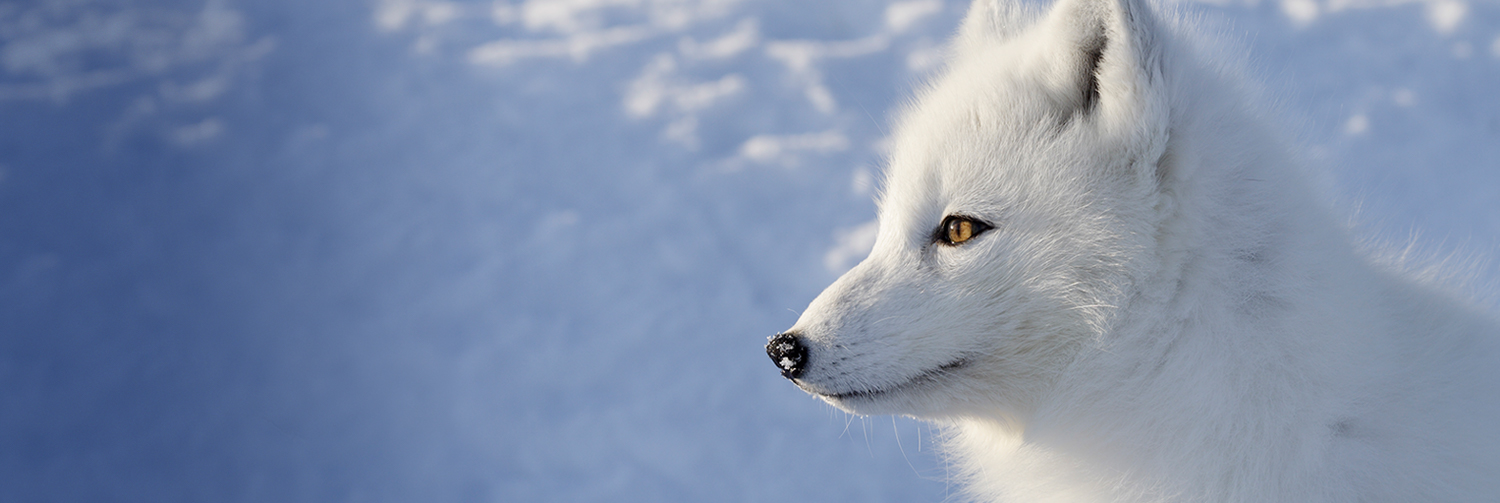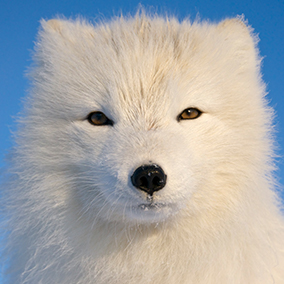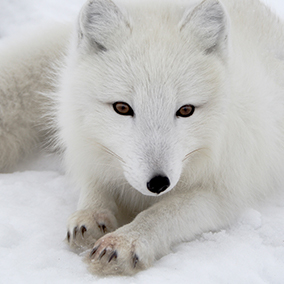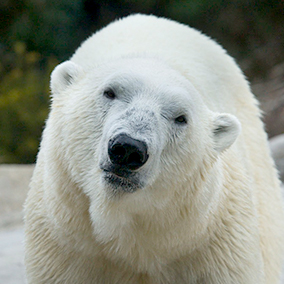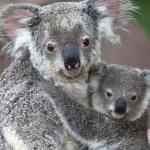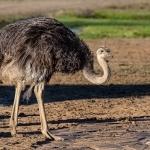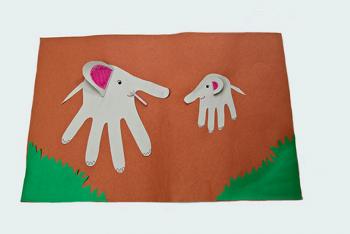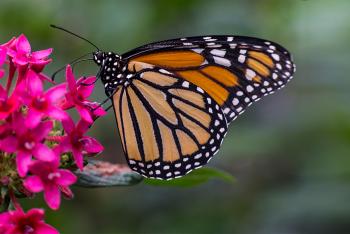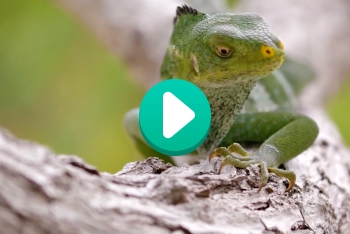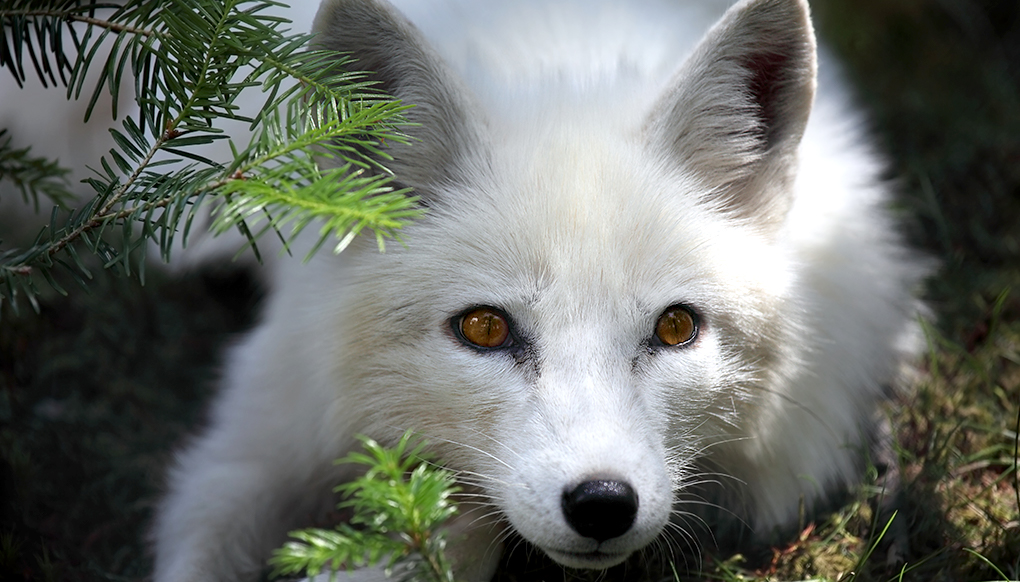
Arctic fox

Mammals


Stable
facts

description
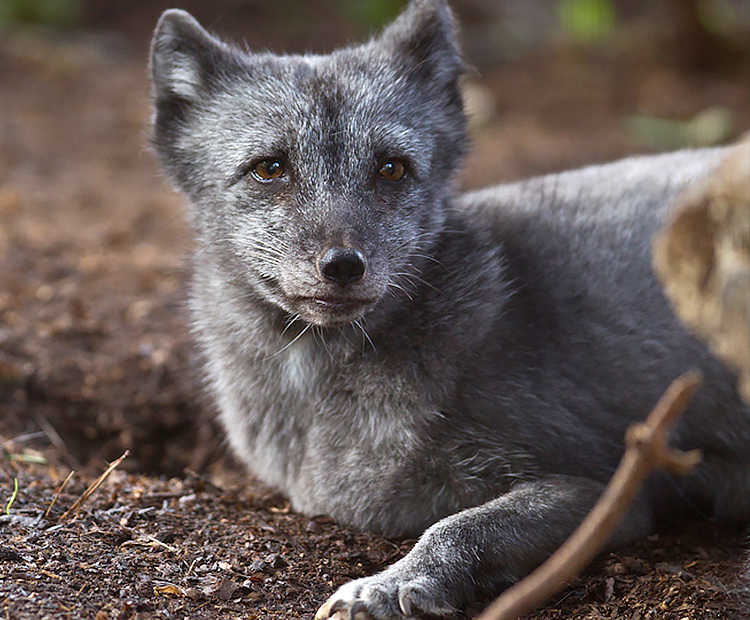
description
Fur coats
People are born with various skin, hair, and eye colors, but arctic foxes come in just two colors: white or “blue.” In the winter, white foxes are almost entirely white, and blue foxes are pale bluish gray. They change color with the seasons. In the summer, white foxes turn mostly brown, and blue foxes turn dark bluish gray. Whatever the color, an arctic fox’s thick fur keeps it warm, even in a frozen habitat.
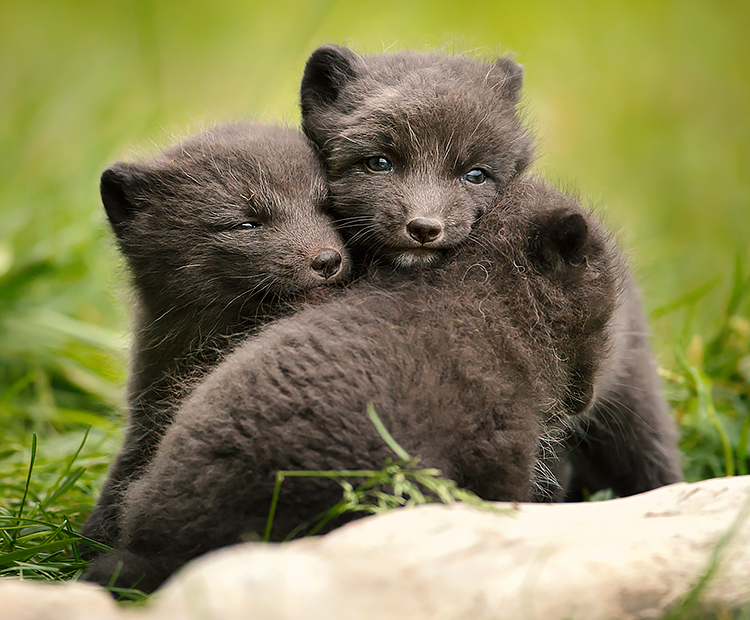
Family guys
In spring and summer, Arctic foxes live in family groups. An adult male is called a dog, and an adult female is called a vixen. Babies are called kits, and a group of babies born at the same time is called a litter. Older brothers and sisters sometimes help raise the youngest kits.
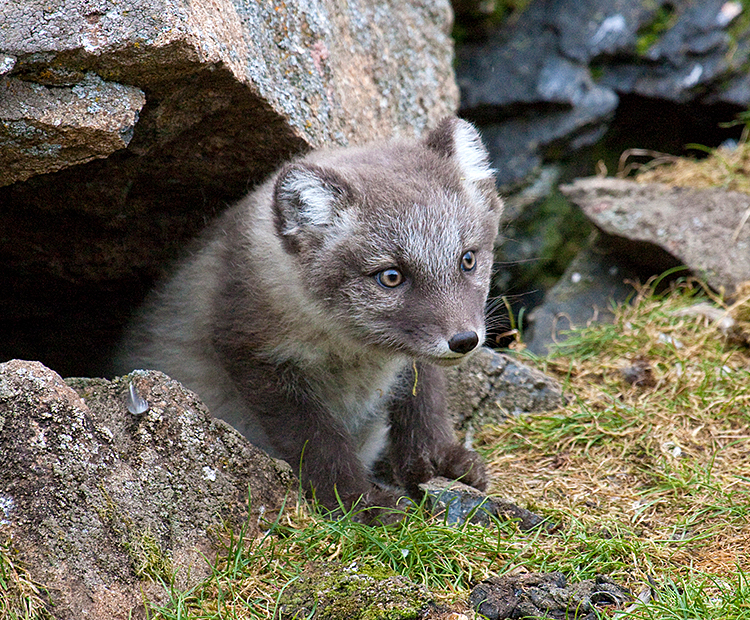
Home, sweet home
Fox families live in dens. A den might be in a mound on the open tundra, under a pile of rocks, or in the side of a cliff. A fox den has many tunnels with several entrances.



